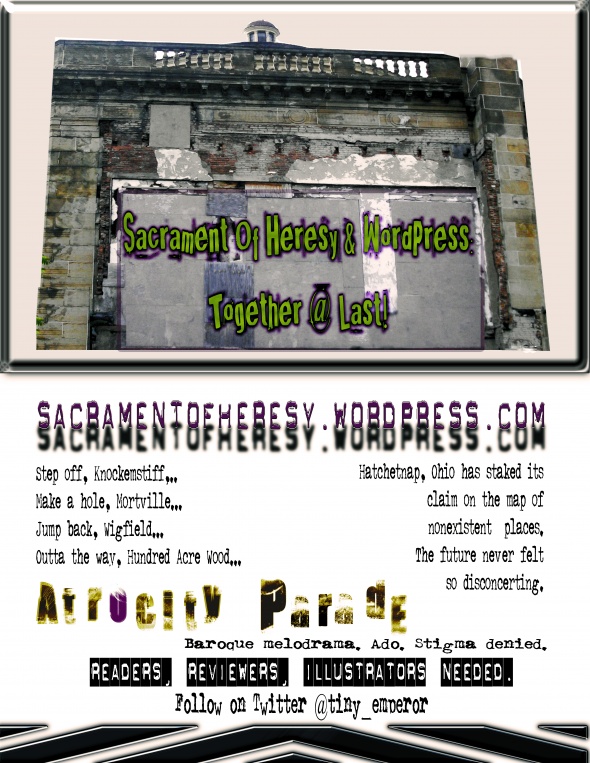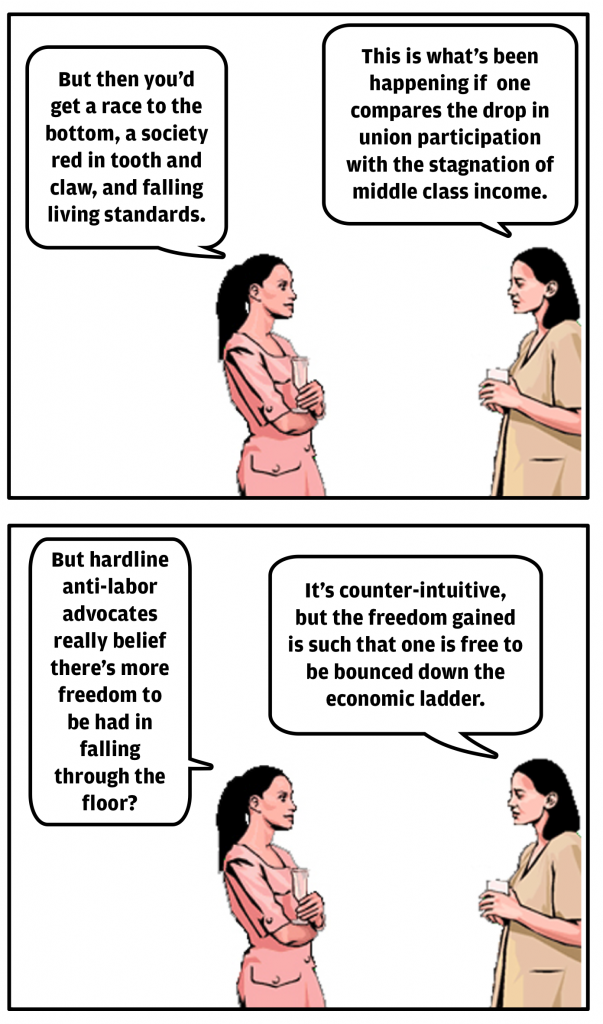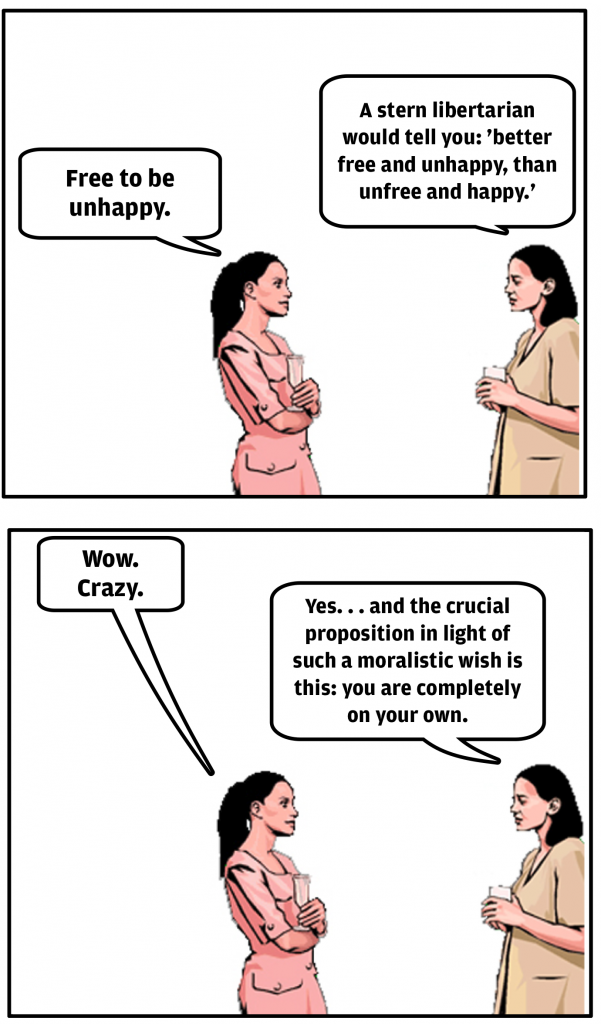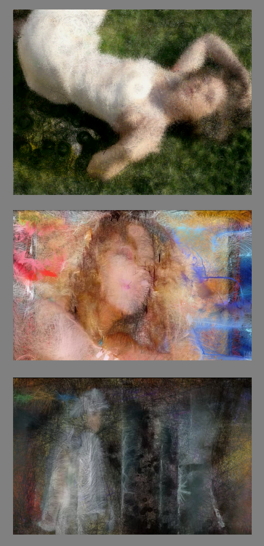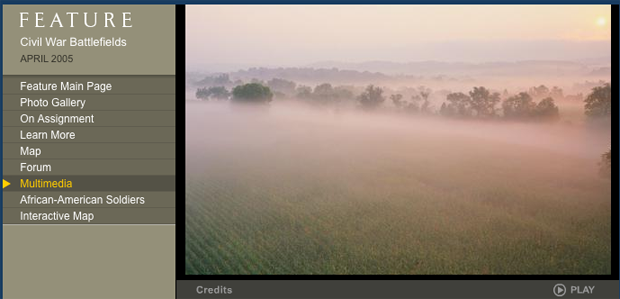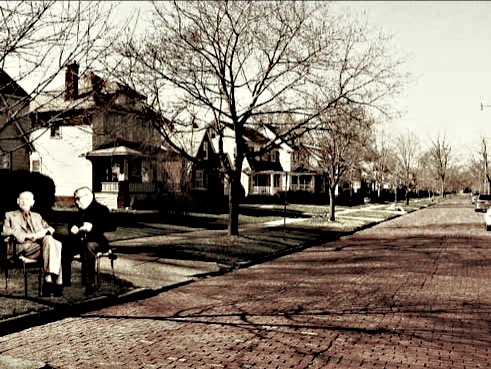
extremely rare photo of Gershom Scholem & Henry Corbin loving time on Virginia Street, Lakewood, Ohio
But if the “root” and possibility of Declaration always goes back to the topology of Being itself, what fundamentally Declaration “sees” that authorizes its hazarding concrete steps toward the possibility field it originates and seeks to get underway, is in every case Being itself. The topological feature of Being that is relevant here, would be its propensity to take on appearances. …one can profess neither Thomism, Scotism, nor Augustinianism, and yet ‘valorize’ these theological universes positively, and, without taking up one’s abode in them, keep an abode for them in oneself…
The more perceptions and representations of the universe each monad integrates, the more it unfolds its own perfection and differs from every other. (Chuck Stein – Parimenides Project; Notes on some passages from Henry Corbin’s Avicenna and the Visionary Recital)
The Village has set sail for the future, like all of unanchored America, set sail or set adrift, take your choice. A visit to the Village always provokes a crisis of nostalgia in those who have moved on but do not want the Village to move on. (Herbert Gold The Age of Happy Problems)
KW sends my way a deep feed. Miller hails from that great Wood shed of outsider genius. What Herbert Gold did for the outsider in the Wood with Birth of a Hero in 1951 Miller is doing now with Atrocity Parade. Michael A. Miller describes his work:
Atrocity Parade amplifies the sadistic trivia of day-to-day existence. It’s the hymnal and prayer book of society’s heretics. In its angst-riddled pages, post-goths, thrashing bohos, crumbly artqueens, liberal-arts grad students, and all other phyla of overly-ripe, choleric day-job hostages will find asylum.
Commentary. An iconoclastic notion of an active, and interactive urban anthropology could propose that the most determined modes of inquiry would both tease and dig out, first, the overt story, and, second, the covert story. Thirdly, in driving this inquiry beyond and beneath these promotional tales the goal, to borrow from Stein, would be to appear in the possibility field. So: the investigator arrives, body and soul, in the field where the possibilities, say–creative kinds, are unfolding in real time.
This is really to invoke anthropological inquiry as praxis, yet without carrying into the act of enjoining the field, any pretense of objectivity. Another way to put this is to suggest the observer is landed in the poetic Topos; is faced with the fleshy, pulsing, ‘outerward’ cast manifestation of the inner dealing. Asylum here is hideaway, shelter, and possesses both outer and inner wards.
To play with this forming projection would be to sit in a window seat, or on a public bench, or at the park’s picnic table, and intently watch the scurrying about of patients and personnel–as if sidewalk and street were hallway. Them you could ask, as Miller has done.
The, a, City’s deep creative life, in someway, always implicates a daring observer willing to participate. The Sacrament of Heresy seems to me to surface an inevitability, a necessary fluid–moist in the archetypal sense–turning of the conscious citizen.
—
hat tip to Ken Warren for the pointer to Herbert Gold. I sense with Gold a northcoast Lafcadio Hearn type.) I discovered, evidently, Gold is still alive and has turned or will turn eighty-seven this year. At the bottom of the brief Wikipedia article are links to recent writing on the web.
I love this:
“So I guess you haven’t read one of my actual texts.”
“Not personally. Like I explained, I’ve got a lot on my plate these days.”
That was okay with me; or at least okay enough while, like the gathering clouds of the thunderstorms of my Midwestern boyhood, rage accumulated in my vengeful heart—this is the typical inept poetic strophe of a confirmed author who doesn’t need precision anymore because he has already arrived in the marketplace. Bewitched, Bothered, Begoogled; November 2004; News From the Republic of Letters.
Gold is onto, here, one of the primary rationales for seeking stories in the hideaways.
The excerpt from Stein comes from an email Ken offered, January 5, 2006, about visionary knowledge platforms.

